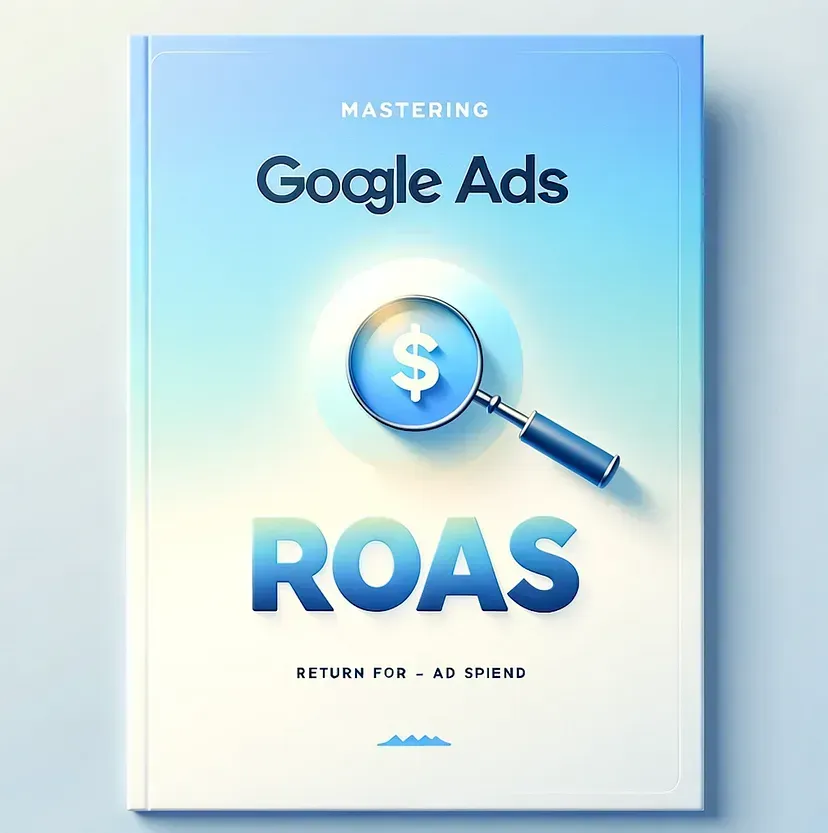A Step-by-Step Guide to Integrating SEO into Your Ad Buying Strategy
Understanding the Basics of SEO and Ad Buying
In today's digital landscape, a successful advertising strategy requires more than just eye-catching visuals and catchy taglines. With the competition for online visibility increasing day by day, it's essential to incorporate search engine optimization (SEO) into your ad buying strategy. By understanding and utilizing the power of SEO, you can ensure that your ads reach the right audience and drive valuable traffic to your website.
Before diving into the integration of SEO and ad buying, let's first establish a clear understanding of what each of these concepts entails.
Defining SEO and Its Importance
SEO stands for search engine optimization. It involves optimizing your website's content, structure, and technical aspects to improve its visibility and ranking on search engine results pages (SERPs). In simple terms, SEO helps you appear higher on search engines like Google, Bing, and Yahoo when users search for relevant keywords.
The importance of SEO in today's digital world cannot be overstated. It's estimated that over 50% of website traffic is driven by organic search results. By improving your SEO, you can attract more organic traffic, increase brand visibility, and generate valuable leads.
The Role of Ad Buying in Digital Marketing
Ad buying, on the other hand, refers to the process of purchasing ad space on various online platforms to promote your products or services. It allows you to target specific audiences based on demographics, interests, and behaviors, ensuring that your ads are seen by the right people at the right time.
While ad buying provides immediate visibility and reach, it is often limited to the duration of your ad campaign. This is where integrating SEO into your ad buying strategy becomes crucial. By combining the power of SEO and ad buying, you can create a sustainable and effective long-term advertising strategy.
The Intersection of SEO and Ad Buying
Now that we have a clear understanding of SEO and ad buying, let's explore how these two strategies intersect and enhance each other.
How SEO Can Influence Your Ad Buying Decisions
When conducting keyword research for your SEO efforts, you gain valuable insights into the search behavior of your target audience. By analyzing search volume, competition, and user intent, you can identify the keywords and phrases that potential customers are using to find products or services similar to yours.
This information can then be used to inform your ad buying decisions. By targeting the same keywords in your ad campaigns, you ensure that your ads are displayed to users actively searching for relevant solutions. This synergy between SEO and ad buying maximizes the chances of attracting high-quality traffic to your website.
The Impact of Ad Buying on SEO Efforts
While SEO focuses on attracting organic traffic, ad buying can help accelerate the visibility and reach of your website. By investing in targeted ad campaigns, you can instantly gain exposure and drive traffic to your site. This increased visibility can positively impact your SEO efforts by increasing brand awareness, generating backlinks, and improving user engagement signals.
Steps to Integrate SEO into Your Ad Buying Strategy
Identifying Your Target Audience
The first step in integrating SEO into your ad buying strategy is understanding your target audience. By defining your ideal customer profile and conducting market research, you can identify the demographics, interests, and online behaviors of your potential customers.
Using this information, you can refine your ad targeting parameters and optimize your website content to cater to their needs. By aligning your SEO and ad targeting, you can ensure that your ads are displayed to the right audience, maximizing their effectiveness.
Keyword Research and Selection
Next, it's important to conduct thorough keyword research to identify the most relevant and valuable keywords for your industry. Look for keywords with high search volume and low competition to increase the chances of ranking higher on search engine results.
These keywords should then be incorporated into your ad copy, landing pages, and website content. By aligning your ad campaigns and website content with relevant keywords, you can improve your ad quality score, ad relevance, and overall SEO.
Creating SEO-Optimized Ad Content
An important aspect of integrating SEO into your ad buying strategy is ensuring that your ad content is optimized for search engines. While the primary goal of your ad is to grab attention and generate clicks, incorporating relevant keywords and persuasive copy can also boost your SEO efforts.
Make sure to write clear and concise ad headlines and descriptions that incorporate targeted keywords. Focus on providing value and addressing the pain points of your target audience to improve click-through rates and quality scores.
Choosing the Right Platforms for Ad Buying
With numerous ad platforms available, it's vital to choose the ones that align with your target audience and business objectives. Consider factors such as demographics, interests, and ad format availability when selecting platforms for your ad campaigns.
Some platforms also offer additional SEO benefits, such as remarketing options, audience insights, and analytics. By selecting platforms that provide these features, you can gain valuable data and optimize your ad campaigns based on performance metrics.
Monitoring and Adjusting Your Strategy
Tracking SEO and Ad Performance Metrics
Integrating SEO into your ad buying strategy requires continuous monitoring and analysis of performance metrics. Track key SEO indicators such as organic traffic, keyword rankings, and backlinks alongside your ad campaign metrics like click-through rates, conversions, and impression share.
By analyzing these metrics, you can identify trends, make data-driven decisions, and optimize your strategy for better results. Monitoring these metrics also allows you to identify potential issues, such as declining organic visibility or underperforming ad campaigns, and take corrective actions promptly.
Making Data-Driven Adjustments to Your Strategy
Based on the insights gained from monitoring your SEO and ad performance metrics, it's essential to make data-driven adjustments to your strategy. Experiment with different ad formats, bidding strategies, and targeting parameters to optimize your ad campaigns.
Additionally, analyze your website's SEO performance to identify areas for improvement. Enhance your content, optimize meta tags, and build authoritative backlinks to boost your organic visibility and attract more targeted traffic.
The Future of SEO and Ad Buying
Emerging Trends in SEO and Ad Buying
As technology continues to evolve, new trends and opportunities are emerging in the world of SEO and ad buying. Voice search, artificial intelligence, and personalized advertising are just a few examples of the game-changing trends that businesses need to keep an eye on.
By staying ahead of these trends and adapting your strategy accordingly, you can maintain a competitive edge and ensure the effectiveness of your SEO and ad buying efforts.
Preparing Your Strategy for Future Changes
As search engines and ad platforms update their algorithms and policies, it's crucial to stay informed and adjust your strategy accordingly. Regularly evaluate the performance of your SEO and ad campaigns, and be prepared to pivot when necessary.
Stay up to date with industry news, attend conferences, and engage with digital marketing communities to stay ahead of the curve. By continuously adapting and refining your strategy, you can ensure that your SEO and ad buying efforts remain effective in the ever-evolving online landscape.
Integrating SEO into your ad buying strategy is a powerful way to take your online advertising efforts to new heights. By aligning your ad campaigns with targeted keywords, understanding your audience, and continually monitoring performance metrics, you can drive valuable traffic, increase brand visibility, and achieve long-term success in the digital realm.










